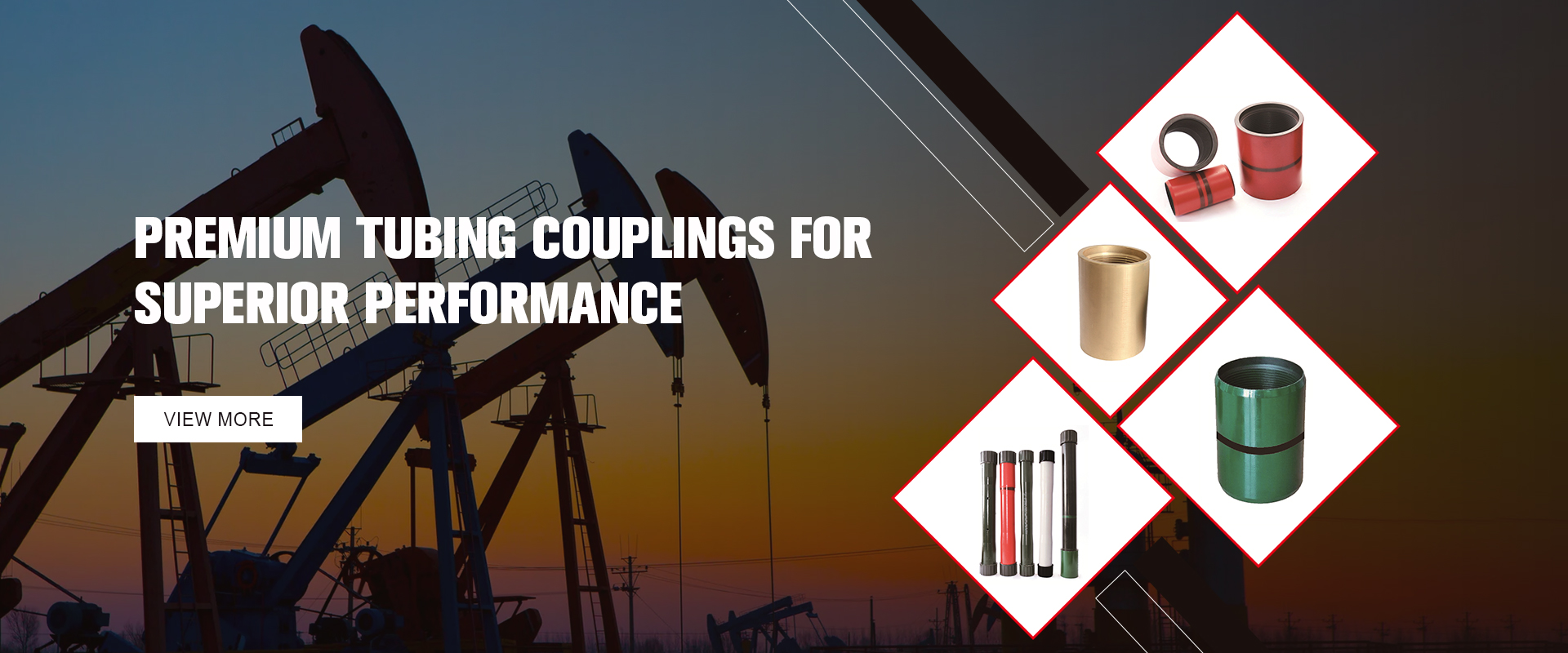- Afrikaans
- Albanian
- Amharic
- Arabic
- Armenian
- Azerbaijani
- Basque
- Belarusian
- Bengali
- Bosnian
- Bulgarian
- Catalan
- Cebuano
- Corsican
- Croatian
- Czech
- Danish
- Dutch
- English
- Esperanto
- Estonian
- Finnish
- French
- Frisian
- Galician
- Georgian
- German
- Greek
- Gujarati
- Haitian Creole
- hausa
- hawaiian
- Hebrew
- Hindi
- Miao
- Hungarian
- Icelandic
- igbo
- Indonesian
- irish
- Italian
- Japanese
- Javanese
- Kannada
- kazakh
- Khmer
- Rwandese
- Korean
- Kurdish
- Kyrgyz
- Lao
- Latin
- Latvian
- Lithuanian
- Luxembourgish
- Macedonian
- Malgashi
- Malay
- Malayalam
- Maltese
- Maori
- Marathi
- Mongolian
- Myanmar
- Nepali
- Norwegian
- Norwegian
- Occitan
- Pashto
- Persian
- Polish
- Portuguese
- Punjabi
- Romanian
- Russian
- Samoan
- Scottish Gaelic
- Serbian
- Sesotho
- Shona
- Sindhi
- Sinhala
- Slovak
- Slovenian
- Somali
- Spanish
- Sundanese
- Swahili
- Swedish
- Tagalog
- Tajik
- Tamil
- Tatar
- Telugu
- Thai
- Turkish
- Turkmen
- Ukrainian
- Urdu
- Uighur
- Uzbek
- Vietnamese
- Welsh
- Bantu
- Yiddish
- Yoruba
- Zulu
Understanding Well Tubing and Casing for Optimal Oil and Gas Production
Understanding Well Tubing and Casing Essential Components of Oil and Gas Production
The oil and gas industry relies heavily on complex engineering techniques and specific equipment to ensure the extraction of hydrocarbons from the earth. Among these critical components, well tubing and casing play an indispensable role in facilitating efficient and safe production processes. Understanding their functions, differences, and significance is essential for professionals in the field, as well as for education and awareness among stakeholders.
What is Well Casing?
Casing refers to the pipe structure that is installed in the drilled wellbore to maintain its integrity. The casing process begins immediately following the drilling phase. Once the well is drilled to the desired depth, steel pipes, known as casing, are inserted into the wellbore. These pipes serve several vital purposes they stabilize the well, prevent the collapse of the formation surrounding the borehole, isolate different pressure zones, and protect groundwater from contamination.
Casing comes in various types, such as surface casing, intermediate casing, and production casing, each serving a unique function based on the specific needs of the well. Surface casing is the first type installed, designed to provide protection for freshwater aquifers and facilitate the drilling of the next casing string, while intermediate casing is used to manage pressure changes and stabilize the formation. Production casing is installed to allow hydrocarbon flow from the reservoir to the surface.
What is Well Tubing?
Well tubing, on the other hand, is a smaller pipe that is inserted into the production casing after the well has been completed. Its primary purpose is to transport the hydrocarbons from the reservoir to the surface. Tubing is critical because it enables the efficient and controlled flow of oil or gas. Unlike casing, which is a permanent feature of the well, tubing can be removed and replaced as needed for maintenance or in response to production challenges.
well tubing and casing

The design and material of tubing are significantly influenced by the production conditions, including temperature, pressure, and the type of fluids being transported. Tubing can vary in diameter, wall thickness, and material composition, which are all tailored to optimize the performance of the well.
The Importance of Well Tubing and Casing
Together, well tubing and casing form an integrated system that ensures the safe and efficient extraction of hydrocarbons. The casing provides the structural support necessary to maintain the well's integrity, while the tubing serves as the conduit for the production stream. Their collaboration mitigates risks associated with blowouts, leaks, and contamination, which can pose significant hazards to both the environment and operational efficiency.
Additionally, choosing the right materials and design for casing and tubing is crucial for maximizing the life of the well. Corrosion resistance, tensile strength, and overall durability are important factors that impact not only the production efficiency but also safety and maintenance costs.
Conclusion
In conclusion, well tubing and casing are foundational elements in the oil and gas extraction process. They serve distinct yet complementary functions that ensure stability, safety, and efficiency from the moment drilling begins to the ongoing production phase. As the industry evolves, advancements in technology and materials science continue to enhance the performance of these components, promising an even more sustainable and effective approach to hydrocarbon extraction in the years to come. Understanding the roles and interactions of casing and tubing is vital for professionals tasked with guiding these vital resources from the depths of the earth to the market.
-
Tubing Pup Joints: Essential Components for Oil and Gas OperationsNewsJul.10,2025
-
Pup Joints: Essential Components for Reliable Drilling OperationsNewsJul.10,2025
-
Pipe Couplings: Connecting Your World EfficientlyNewsJul.10,2025
-
Mastering Oilfield Operations with Quality Tubing and CasingNewsJul.10,2025
-
High-Quality Casing Couplings for Every NeedNewsJul.10,2025
-
Boost Your Drilling Efficiency with Premium Crossover Tools & Seating NipplesNewsJul.10,2025







